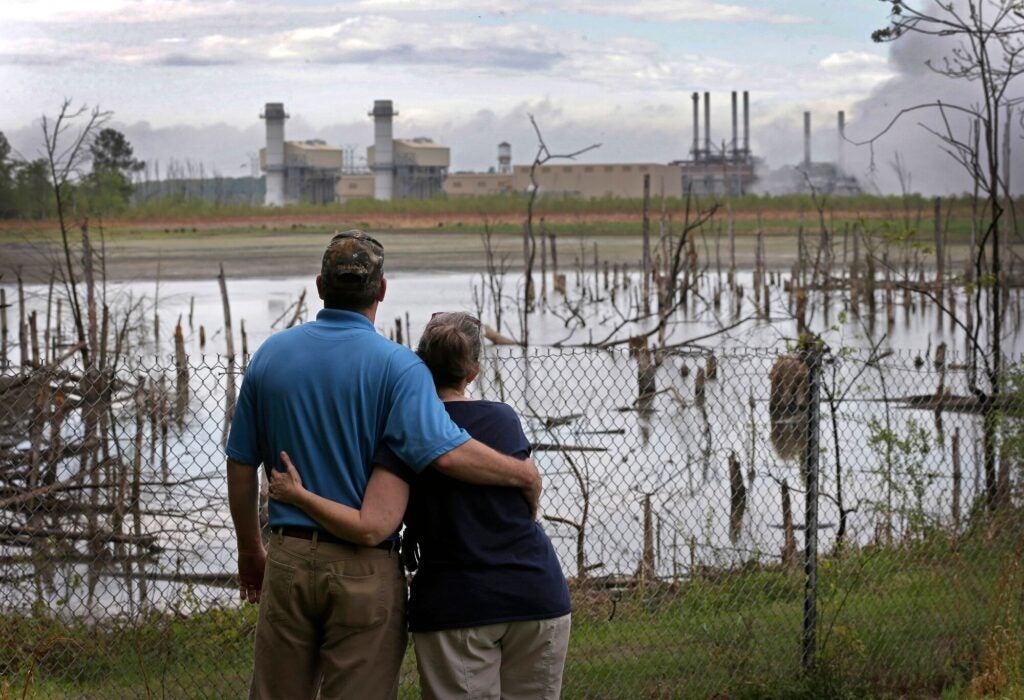Cleaning Up Power Plant Water Pollution
Toxic water pollution sickens people, and power plants are by far its largest source. The toxics in coal plant waste raise cancer risk, make fish unsafe to eat, and can inflict lasting brain damage on children. Arsenic, mercury, cadmium, lead and other pollutants are being discharged into public waters from power plants without any specific limits.
Clients
Regional Office / Program
Case Overview
Power plants are by far the largest contributors of toxic pollution to U.S. waters. In 2013, the U.S. Environmental Protection Agency found that power plants dump more pollutants, such as mercury, arsenic and lead, into our waters than the next nine industries combined. The heavy metals in the waste discharges can cause neurological and developmental damage, cause harm in utero, damage internal organs and cause cancer.
Heavy metals in the waste, such as lead, arsenic and mercury, don’t degrade over time, and they can concentrate as they travel up the food chain, impacting fish and wildlife and ultimately collecting in our bodies and our children’s bodies. Power plant pollution can also make municipal water bills more expensive, because water treatment plants may have to spend more money to ensure that they deliver safe water to their customers.
After decades of inaction, limits for these toxic discharges from coal power plants were finally updated by the Obama administration in September 2015, due to a court order secured by Earthjustice, representing environmental groups. The new safeguards would have required power plants to eliminate the vast majority of this pollution, protecting our nation’s drinking water sources and making thousands of river miles safer for swimming and fishing.
Power plants were set to begin meeting these new safeguards starting in 2018, but in an order issued on April 25, 2017, the EPA abruptly put an indefinite hold on the new safeguards, allowing power plants to continue discharging toxics without any specific limits, using standards set in 1982.
On May 3, 2017, Earthjustice, representing a coalition of environmental and public health advocates, filed a federal lawsuit that seeks to invalidate the EPA’s April 25 order. The suit asks the court to find that the EPA didn’t have legal authority to put the protections on hold, didn’t give public notice or allow public participation before doing so, and selectively applied its action to prioritize the interests of the coal industry over public health.

Case Updates
Case page created on May 14, 2014.



